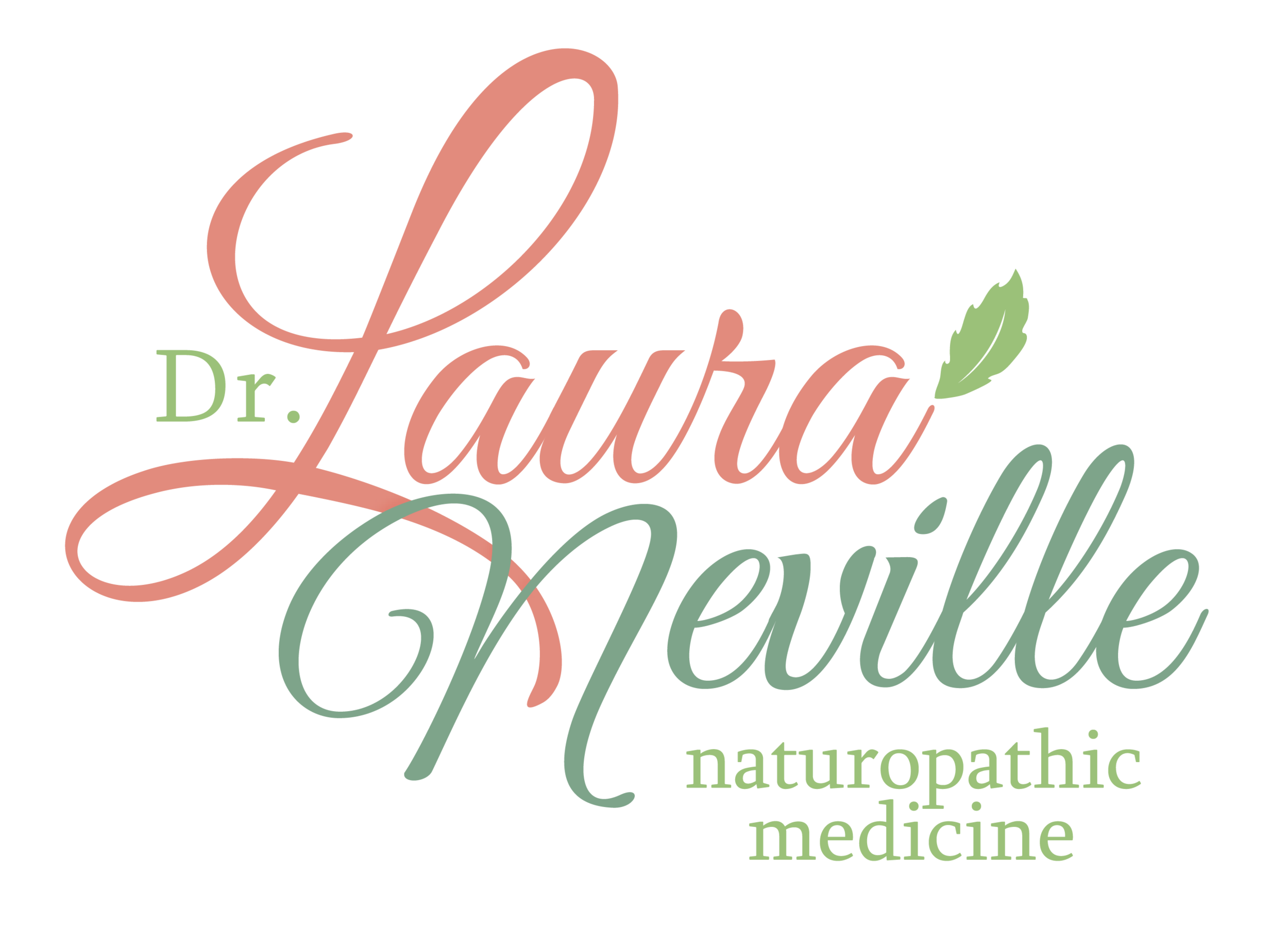What the Heck are Conjugated Equine Estrogens?
ESTROGEN: THE GOOD
Appropriate levels of estrogen provide more than 400 functions in the body!
Breast development
Fat storage
Growth of the uterine lining
Maintenance of collagen in the skin and connective tissues (who doesn’t love this part?)
Support of neurotransmitters (aka serotonin and dopamine, our happy brain chemicals)
Relief of symptoms (mostly forgetfulness, hot flashes, night sweats, dryness of the skin in the post-menopausal years)
Prevention of memory loss
Protection of heart health
Protection of bone health
Anti-aging effects
Prevention of cancer
Estrogen is present in men as well but to a much lesser degree
The human body naturally produces 3 types of estrogen:
E1 (estrone)
E2 (estradiol)
E3 (estriol)
Remember this! It comes in handy when we discuss the potential dangers of estrogen replacement.
ESTROGEN: THE BAD
The WHI study showed estrogen replacement may come with health risks.
So, what’s the deal Dr. Neville, is estrogen good or bad?
Like EVERYTHING in medicine, we want that Goldilocks zone. More is not necessarily better, but too little also carries health risks.
In addition, we must acknowledge that the WHI study used Premarin (conjugated equine estrogen, CEE) and Prempro (conjugated equine estrogen combined with a progestin).
WHY IS THIS IMPORTANT?
Conjugated equine estrogens (CEEs) aka conjugated estrogens (CEs) are synthetic (man-made) estrogen prescriptions sold usually under the brand name of Premarin.
The name Premarin comes from a contraction of “pregnant mares’ urine”. Some formulations are naturally prepared (read: animal welfare issues!), some are fully synthetic. Premarin is manufactured by Wyeth Pharmaceuticals as of 1942.
IF YOUR SPIDEY SENSES ARE UP RIGHT NOW, IT’S FOR GOOD REASON
Female horse urine contains more than 10 different forms of estrogens, including estrone sulfate (E1) as the primary form of estrogen, and only a minimal level of estradiol (E2). Remember that the female human body naturally produces just 3 types of estrogen: E1 (estrone), E2 (estradiol) and E3 (estriol), and in different ratios than female horses.
It is not surprising that these 10 different forms of estrogen (along with different ratios and strengths) might impact the human body in an unhealthy manner.
Sure enough, the Premarin used in the WHI was shown to increase the risk of endometrial hyperplasia and endometrial cancer in women with a uterus.
If that wasn’t enough, CEE was also shown to increase the risk of blood clots, cardiovascular disease and breast cancer (when combined with a progestin in older women), however bioidentical progesterone does not seem to have this effect and is even thought to be protective (more on this next week). CEE also seems to make the liver unhappy.
Since the publication of the WHI study, CEEs have begun to fall out of favor relative to bioidentical estradiol (E2), which is the most widely used form of estrogen in Europe for menopausal hormone therapy.
ONE MORE THING:
There are several different ways that estrogen can be delivered: By mouth (oral), under the tongue (sublingual), by injection, via subcutaneous pellets, or topically (patch or cream).
In my opinion, estrogen should never be swallowed. Orally delivered estrogen increases inflammatory reactions and increases the risk of cardiovascular disease. So even if bio-identical, oral estrogen carries risk. These risks can be avoided by delivering the hormone through the skin (under the tongue, or directly to the skin). In this way, the hormone bypasses the digestive system, including the liver and is delivered directly to tissue sites.
SUMMARY:
As you can see, the question as to the safety of estrogen is complex. In certain instances, estrogen can increase health risks but, in many cases, estrogen therapy can treat symptoms, improve quality of life and protect against future health issues.
Is hormone replacement therapy or bio-identical hormone replacement therapy the only way to balance hormones? Certainly not, but it is probably the most direct way to accomplish this. Botanicals, lifestyle and food can also be an important part of healthy hormones levels.
Need holistic hormone support?
-OR-
